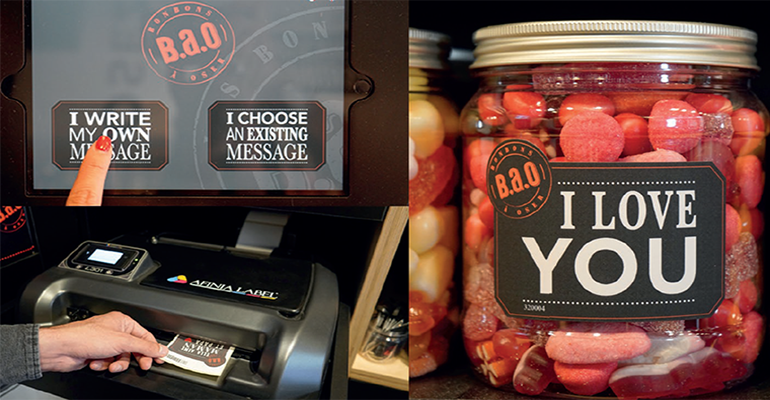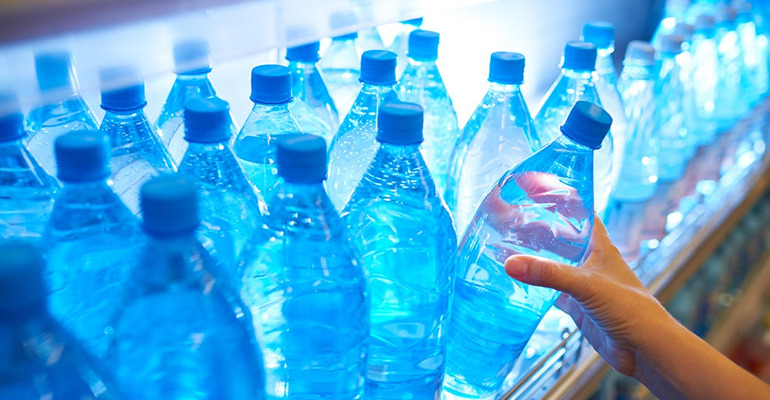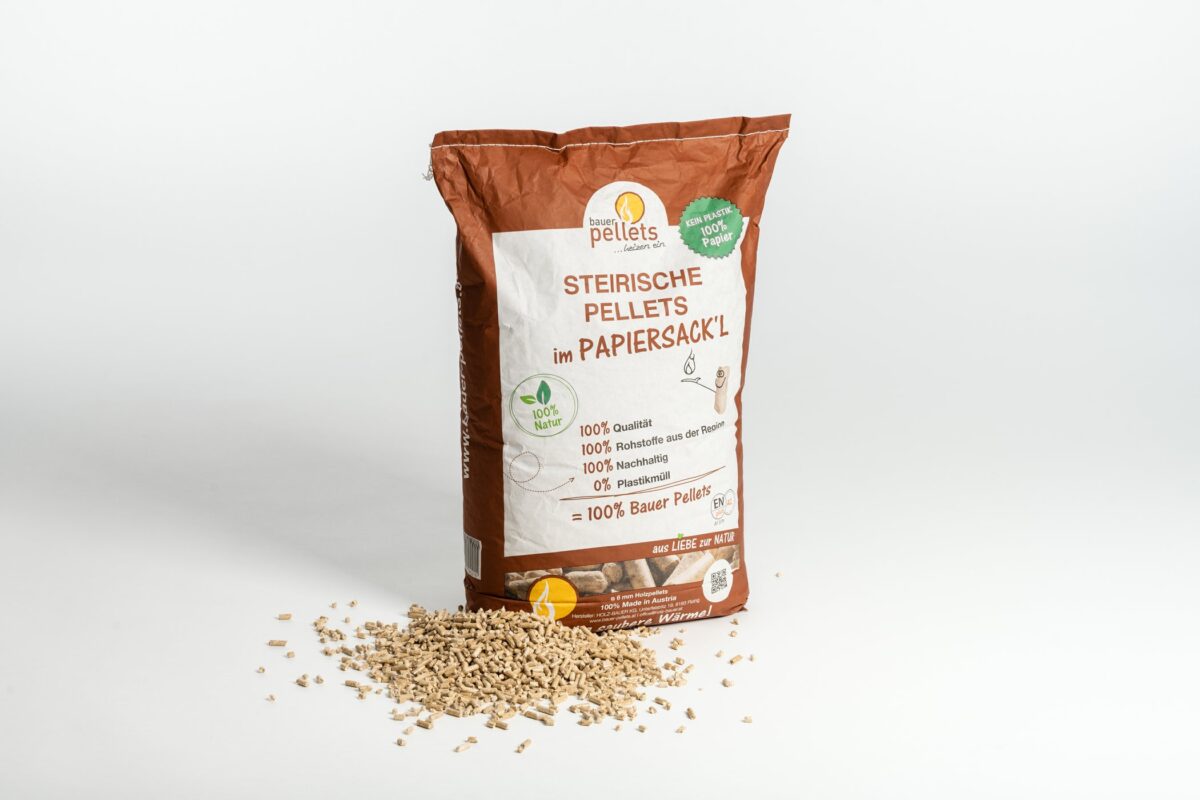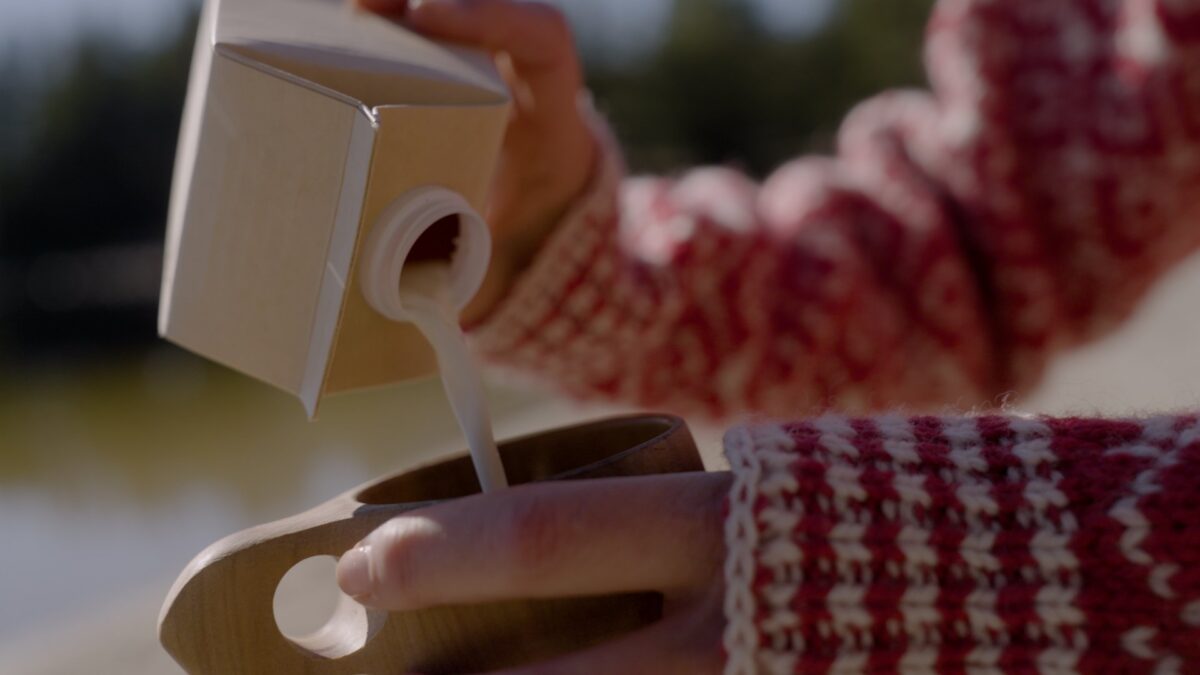Thermal-inkjet technology aka TIJ enables one-of-a-kind, on-demand customization including consumer-engaging personalization for brands across the packaging spectrum.
Digital printing is opening new customization options for brands through unique designs, personalized messages, and variable data printing for exciting and, literally, one-of-a-kind packaged products.
In short, the power of print-on-demand enables a brand’s packaging to stand out from the pack while enhancing consumer engagement.
One of the players driving adaption of digital printing is HP, for example for digital printing presses for flexible packaging applications such as stand-up pouches for products like cannabis and other pouched products.
But there’s another world of customized personalization found in HP’s thermal inkjet (TIJ) technology. John Meiling, HP’s senior director of marketing & category management, OEM inkjet for specialty printing solutions, unpacks the technology and options for digital inkjet printing for labels and other packaging materials.
What interest are you seeing in personalization using digital printing?
Meiling: Personalization is increasingly a mainstream expectation for consumers today. And it’s not just targeted ads and email marketing strategies that need to adapt. Consumers are actively seeking out bespoke product offerings because of the value they bring. According to data from Deloitte, personalization leaders improved customer loyalty 1.5x more effectively than brands with low personalization maturity.
The stakes are high for packaging as a result. It’s no longer about transporting goods from point A to point B. Packaging has become a unique moment for brands to establish a connection by creating an emotional and meaningful experience for their consumers. This is largely in part due to the rise in ecommerce over recent years, elevating packaging’s role as the first physical touch point between the consumer and brand, causing a significant shift in packaging trends.
Brands are especially interested in digital packaging as a new way to personalize, customize, and tailor their brand experiences in a way that reflects a full spectrum of cultural contexts. This means products can be tailored to the individual tastes of each consumer. Brands can not only engage customers on a more meaningful level by boosting marketing power though attractive specialty packaging, by using HP Thermal Inkjet technology they can help to reduce maintenance costs and gain efficiencies that drive higher uptime on their packaging manufacturing processes.
Tell us about the B.a.o Candy Box point-of-purchase application (shown in the feature image above) that uses digital inkjet printing.
Meiling: B.a.o Candy Box went live in 2019 with an Afinia Label L301 Small Business Color Label Printer. Powered by HP Thermal Inkjet Technology, it prints labels at high speeds while ensuring great quality. Personalization is achieved using the Afinia Label L301’s vivid, optimized color, to create a professional label, while HP Thermal Inkjet Technology enables the printer to produce the complex, personalized shapes that the candy labels require to satisfy consumers.
Using this system, B.a.o Candy Box customers type their message into an app, preview the label, confirm, then the label is sent via Wi-Fi straight to the till where the label is displayed on a screen so that the customer can approve their label design and then it is printed automatically. The time it takes to complete the transaction is enough to print the label, which is what champions the effectiveness of this system.
The Afinia Label printer was set up in such a way that the brand could offer new products on an ongoing basis, enabling constant innovation with the upgrade to an even faster printer, which will further improve customer satisfaction.
The HP Thermal Inkjet Technology is essential for making the brand’s retail model work properly, with packaging labels printed quickly and professionally. With this unique retail experience, B.a.o Candy Box has attracted huge interest both from tourists and the local market, who have taken to social media to share their creations.HP
What can you share about a more recent application of digital inkjet printing for craft distillers that went live in 2022?
Meiling: Craft distiller customers of AT Information Products’ have seen how this print system can completely transform their production process, saving them time and money while bolstering their bottom line. Using HP Thermal Inkjet Technology to enable personalization, craft distillers have been able to optimize their brand experience by providing genuine packaging for their consumers.
AT Information Products’ Reel-to-Reel Label Printer system features multiple compact HP TIJ print heads and solvent ink cartridges. The system is durable, low maintenance, and easy for brands to use. The HP Thermal Inkjet within the system enables the addition of graphic imagery, signatures, logos, and QR codes that fulfill consumers demand for personalization and ultimately, boost profit for brands.
The combination of the two increase production speeds by as much as 2,000%, reducing the need for manual intervention, optimizing print quality on diverse substrates, and minimizing maintenance costs all while enabling distillers to achieve exclusivity value for their products. Within the process, personalized signatures can also be applied using True Type fonts, to make it look like the labels on the bottles were handwritten.
As additional data, graphics, logos, and signatures are developed, craft distillers will be able to stay nimble while optimizing print quality and minimizing costs. Focusing on adding brand value has been an important “lever” that craft distillers continue to pull to further boost bottle prices and increase profit margins.HP
What are examples of what other digital inkjet printing customers are doing?
Meiling: Back in 2017, Kmart Australia began using Afinia Label’s L301 Color Label printer, powered by HP thermal inkjet technology, to personalize Vegemite and Nutella jars at the point of sale for their holiday campaign activation. Across 214 stores, customers were able to walk in and personalize the labeling on jars of Nutella and Vegemite, creating a unique shopping experience and driving foot traffic to brick-and-mortar stores. All powered by HP’s flexible and affordable in-store printing solutions.
HP’s Fixed Imager 1000 (FI-1000) based partner printing systems are seeing fast growth, especially for short-runs and on-demand customization. New partner TICAB has integrated HP’s inkjet print engine to drive cost efficiencies for customized printing tasks on various paper packaging, including shopping bags, cartons, and corrugated boxes. The system was developed quickly in just a few months, allowing TICAB to offer its customers high-quality printing options at cost-competitive prices, from one-off items and samples to print runs of several thousand. This innovation can accommodate various personalization needs like for weddings and birthdays while offering significant value to smaller brands and businesses because paper bags typically require very high volumes per order.
What’s possible and what’s next in digital inkjet printing?
Meiling: As the world becomes more digitally connected, and consumers come to expect personalization as the norm, the market for solutions that enable customization at a mass scale will explode. In the coming years, it will be critical for brands to do more to engage with their consumers. It’s the only way to stand out in today’s crowded markets, and we are excited to help even more brands on their journey to embrace the unlimited possibilities with new and exciting packaging that brings us all closer together.
Source:









